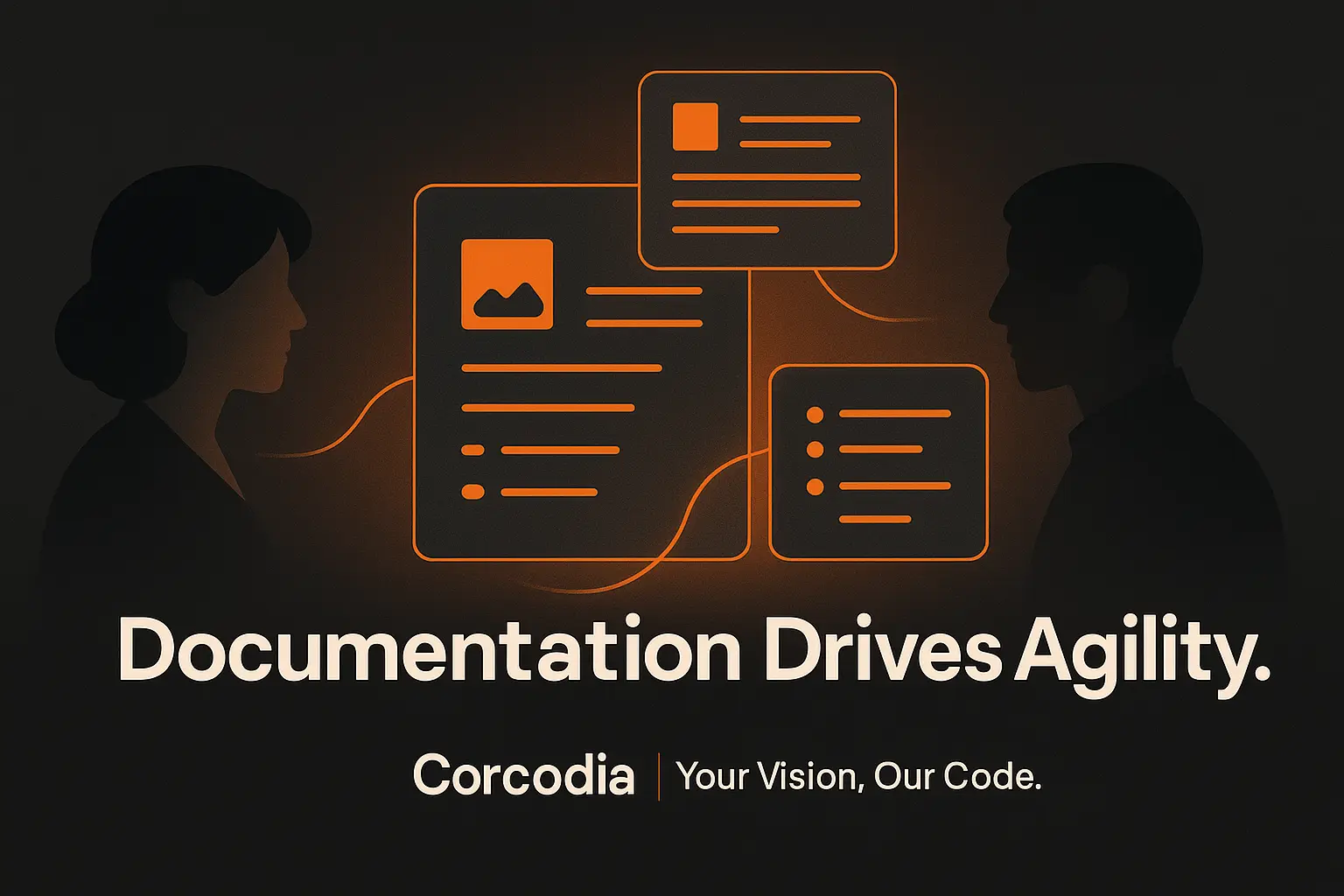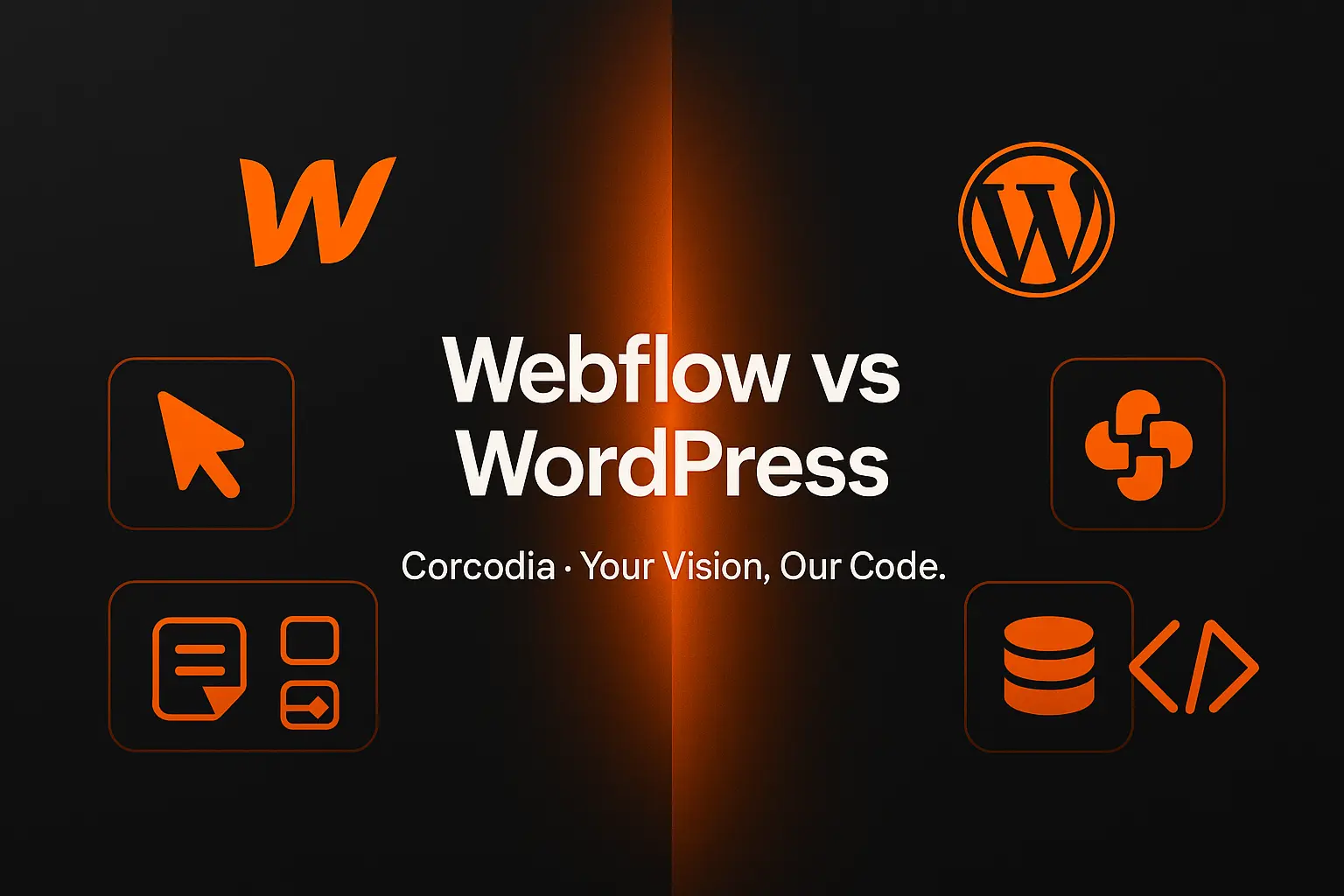
An MVP (Minimum Viable Product) is the simplest version of your product that includes only the core features necessary to solve a specific problem for your users.
The goal isn’t to launch a perfect product — it’s to learn quickly and minimize risk.
By building an MVP, startups and companies can test assumptions, gather feedback and confirm whether their idea has real market potential before investing heavily in full-scale development.
Creating an MVP provides numerous advantages:
- Faster time to market: You launch earlier and start learning from users immediately.
- Lower development costs: Focus only on essential features, not perfection.
- User validation: Real feedback from early adopters helps refine the product.
- Investor confidence: A functional MVP demonstrates traction and market fit.
- Strategic scalability: You can scale based on proven data, not assumptions.
In short, MVPs save time, money and effort — while helping you build something people actually want.
A successful MVP follows a structured, iterative process:
- Define the problem: Identify the pain point you’re solving.
- Research the market: Analyze competitors, audience needs and trends.
- List core features: Focus on must-haves, not nice-to-haves.
- Design the user flow: Create a simple, intuitive experience.
- Develop and launch: Build quickly with modern frameworks (like Angular, .NET or Flutter).
- Collect feedback and iterate: Use analytics and user input to refine the product.
The most important part? Don’t fall in love with your first version — let data drive the evolution
Choosing the right tech stack is critical for speed and scalability.
Some proven choices include:
- Frontend: Angular, React or Flutter for cross-platform reach
- Backend: .NET or Node.js for reliability and performance
- Database: PostgreSQL, MongoDB or Firebase
- Cloud hosting: AWS or Azure
- Project management: Jira, Trello, or Notion
Using agile methodologies ensures the MVP evolves with user feedback instead of rigid planning.
Even great ideas can fail if the MVP process is mismanaged. Avoid these pitfalls:
- Building too many features from the start
- Ignoring real user feedback
- Skipping competitor analysis
- Choosing the wrong audience for testing
- Measuring success by downloads instead of engagement
An MVP is about learning, not just launching — success means discovering what works (and what doesn’t) as early as possible.
Conclusion: Build Smart, Grow Fast
MVP development is the foundation of every successful digital product.
By testing your idea early, focusing on user feedback and iterating quickly, you reduce risk and increase your chance of success.
The best products aren’t built overnight — they’re built through continuous validation, improvement and a deep understanding of user needs.
Start small, learn fast and scale with confidence. That’s the true power of MVP.


